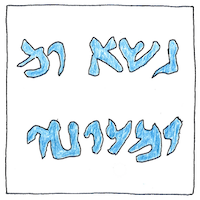Willard Frank Libby
physics

|
Radiocarbon dating
The half-life of carbon-14 is about 5,730 years. All living things gather carbon-14 in known proportion to carbon-12; therefore, Willard Libby proposed that the proportion of carbons left in archeological artifacts can determine their ages. He used this idea to date wood from the tombs of two Egyptian kings, Zoser and Sneferu, finding these to be older than scholars had thought by nearly two thousand years.
Calibration
The proportion of carbon-14 has varied over time because of climate change, glaciation, volcanic activity, variations in earth’s magnetic field, human activities, and other factors, so it was necessary to correlate the results of radiocarbon dating with the dates of artifacts that could be independently established. Overlapping tree rings can be independently dated by counting the rings so this became the calibration standard for the first eleven thousand years before the present, and this range was extended using deep ocean sediment cores, lake sediment varves, coral samples, and speleothems.
Dating Ötzi
Ötzi the Iceman, Europe’s oldest natural human mummy, is known to have lived about 3,300 BCE according to radiocarbon dating. He died of an arrow to his shoulder and a blow to his head, fell into a glacier, was discovered when it melted. Today his body is grotesquely on view at South Tyrol Museum of Archaeology.



Radiocarbon dating has established that the Haraldskær woman, found in a peat bog in Jutland, Denmark, died around 490 B.C. The Kennewick man, found on a bank of the Columbia River, died before 7,300 B.C. The Eve of Naharon, found in an underwater cave near Tulum, Mexico, died about 11,600 B.C. This is not the kind of immortality that I hope to achieve.
See also in The book of science:
Readings in wikipedia: